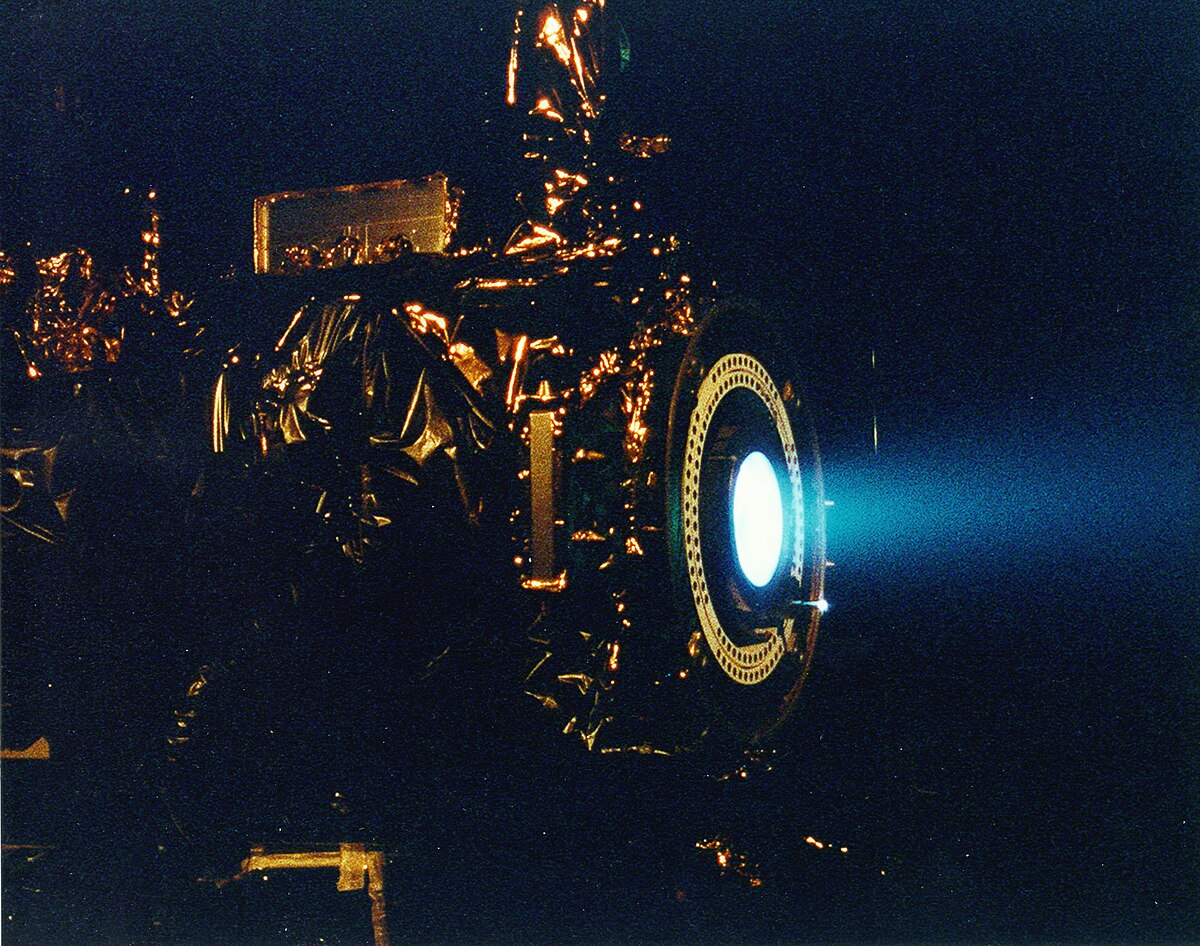Hi again!
I have another new space propulsion method,
this time I have tested it.
I built a carriage and put a pneumatic ram bolted to it.
I set a plane level for the carriage, which is on wheels.
I ducted 60 psi of pneumatic force to the ram on one end,
and used a regulator to step down to 7.5 psi on the other.
When this goes through a 3-port 2-position switch,
and I actuate the ram,
I can move my carriage forward around 20 mm in one cycle.
This is a perfectly feasible, and also effective space thruster afaic tell.
The drive needs to be hauled into space with a rocket I guess.
The method works because of differential velocity, at one end of the ram and the other,
it receives a different shock of energy.
This post serves as prior art, and will remain unedited
This is really easy, hope u like my thought- it seems like it works!
I have another new space propulsion method,
this time I have tested it.
I built a carriage and put a pneumatic ram bolted to it.
I set a plane level for the carriage, which is on wheels.
I ducted 60 psi of pneumatic force to the ram on one end,
and used a regulator to step down to 7.5 psi on the other.
When this goes through a 3-port 2-position switch,
and I actuate the ram,
I can move my carriage forward around 20 mm in one cycle.
This is a perfectly feasible, and also effective space thruster afaic tell.
The drive needs to be hauled into space with a rocket I guess.
The method works because of differential velocity, at one end of the ram and the other,
it receives a different shock of energy.
This post serves as prior art, and will remain unedited
This is really easy, hope u like my thought- it seems like it works!




